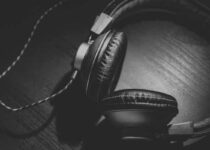If you want to learn to play the piano, the thought of learning how to read music may well put you off. After all, is it really necessary? All you want to do is play some of your favorite popular songs on the piano. Why waste your time reading music?
Although reading sheet music is a valuable skill, it is absolutely possible to learn piano without reading music. Many piano players can play by ear, and with practice and maybe some piano lessons, you can too.
Look at Stevie Wonder, a talented blind musician who was physically unable to read what they were playing. And then there’s Paul McCartney and John Lennon. Between them, they have written some of the most influential songs globally, yet neither of them could read music.
Although these famous piano players were able to rock out and even improvise on the piano without sheet music, they did know the fundamentals of music, like chords and intervals, and spent a long time practicing.
Let’s look at this subject in more detail and see if reading music is the only way to learn piano.
Post Contents
Can You Still Learn Piano If You Can’t Read Sheet Music?
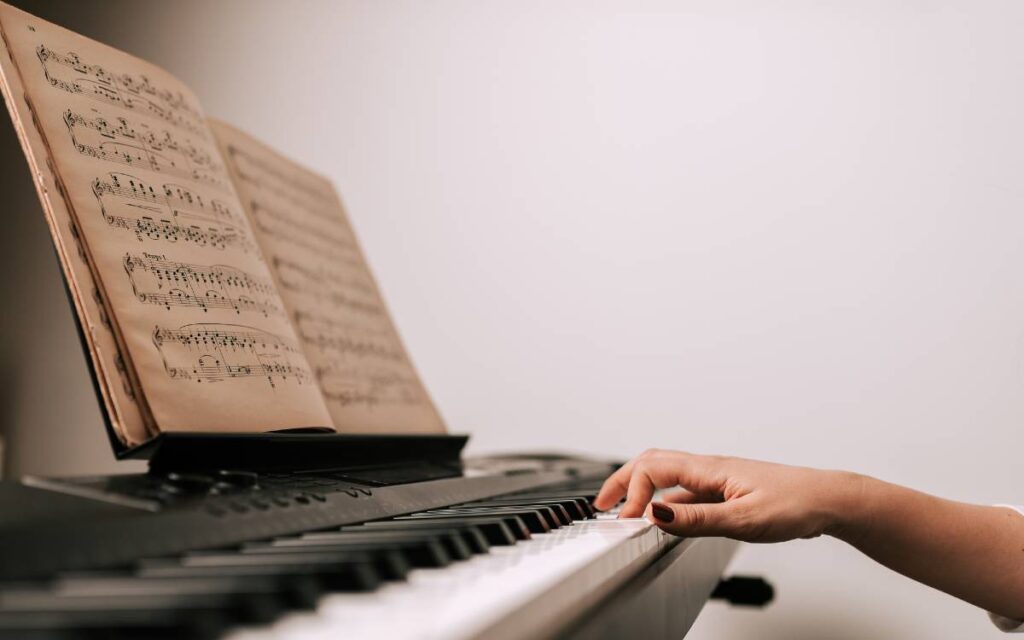
Yes, you absolutely can learn to play piano without reading music. People do it all the time. Though it does depend on what you want to play, most music you can play by ear.
Genres like pop, blues, and jazz are far more laid back, and reading music is not as important. In this case, you can learn to play by ear and even improvise your own pieces. Whereas when it comes to playing classical piano music, having the ability to read a musical manuscript means you can play a piece exactly as the composer intended.
What is Sheet Music?

Sheet music, also called manuscript, is like a language made of notes and chords. It shows you, the piano player, exactly what notes you should be striking to recreate a particular piece.
Sheet music provides the pianist with a range of information, including which key signature to play the piece and the song’s tempo.
The treble clef notes represent the notes played by the right hand, while the bass clef notes indicate what the left-hand plays.
In addition to this, sheet music also determines how the notes should sound (soft or loud), how fast or slowly you should play each note, and whether to play the black or white keys.
There is an art to reading sheet music, but as with any language you can learn it with patience and perseverance. It may be slow at first, but it will become more apparent with time.
Sight Reading vs. Reading Music

When you first learn piano, you may think that reading music and sight-reading are the same things. They do have a lot of similarities, but they are pretty different.
Reading Music
When you spend time reading a piece of music, it shows you what each note represents on the piano. You can also determine the rhythm, beat, and dynamics.
Reading music gives you the ability to take written music and bring it to life, although learning a particular piece of sheet music can take quite a long time, especially if you are a beginner.
When someone sits down to play the piano, the chances are they have already learned the piece, memorized it, and are using the sheet music as a prompt.
Sight Reading
Reading by sight is when you do all of the above on first reading or first sight. In this case, you will sit at the piano, take a written music piece, and instantly know how it should sound. When you can sight-read, you can play it through at first go. However, learning how to sight-read first requires learning how to read music.
Is It OK If You Never Learn How to Read Music?

You probably know a piano player who can only play piano if they have sheet music in front of them. Take the sheet away, and they can’t play the song (unless they have it memorized, of course).
Many people learn to read music while learning piano, but the two don’t have to go hand in hand.
Often, playing by ear can make your playing sound more relaxed and natural. You can bring your individual style to pieces, and you should find it easier to improvise than if you rely on reading notes.
Bringing Your Style to the Piano
If you are a beginner, before learning sheet music, spend some time getting to know the piano. Listen to some favorite songs and see if you can replicate them.
Understanding chords and chord progressions can be beneficial, and you learn how to play piano in a more relaxed manner. It also makes improvisation easier.
Not being rigid about reading music note for note means you can relax and let your style shine through.
The Downside of Not Reading Music

A whole library and back catalog are inaccessible to you if you can’t read music. Think of all the incredible pieces of classical music that you will never be able to play without reading sheet music.
Having the ability for note reading does make playing music more accessible. You can pull out a sheet and start to learn your favorite piece.
If you have been playing a piece by ear and you’re not 100% sure that you’ve got it right, you can check the sheet for accuracy.
The Benefits of Reading Music
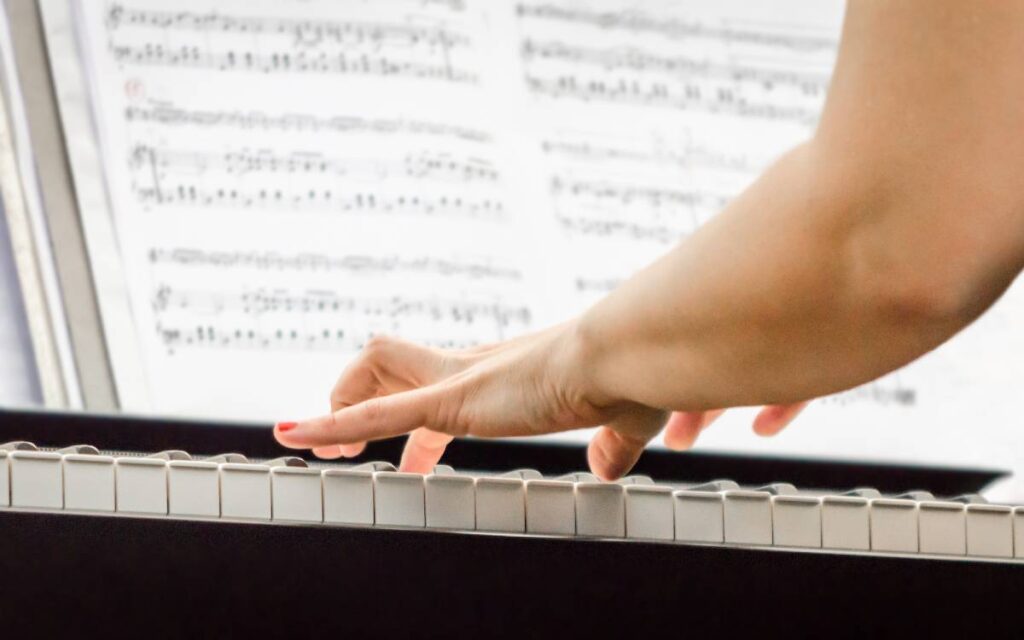
Everybody will learn piano differently ,and for some people learning to read musical notes goes hand in hand with learning piano.
Even if you prefer to play by ear, having the written music in front of you is probably the easiest and most practical way of learning how to play a piece that you enjoy.
You don’t even have to play the piece note for note. Instead, use the musical manuscript as a reference point.
Becoming Proficient at Reading Music
As you continue to learn more about the theory of music, your ability to read manuscripts will increase, and you will find it easier when you start playing pieces.
As you progress, you can play more technically challenging pieces.
Writing Your Own Compositions
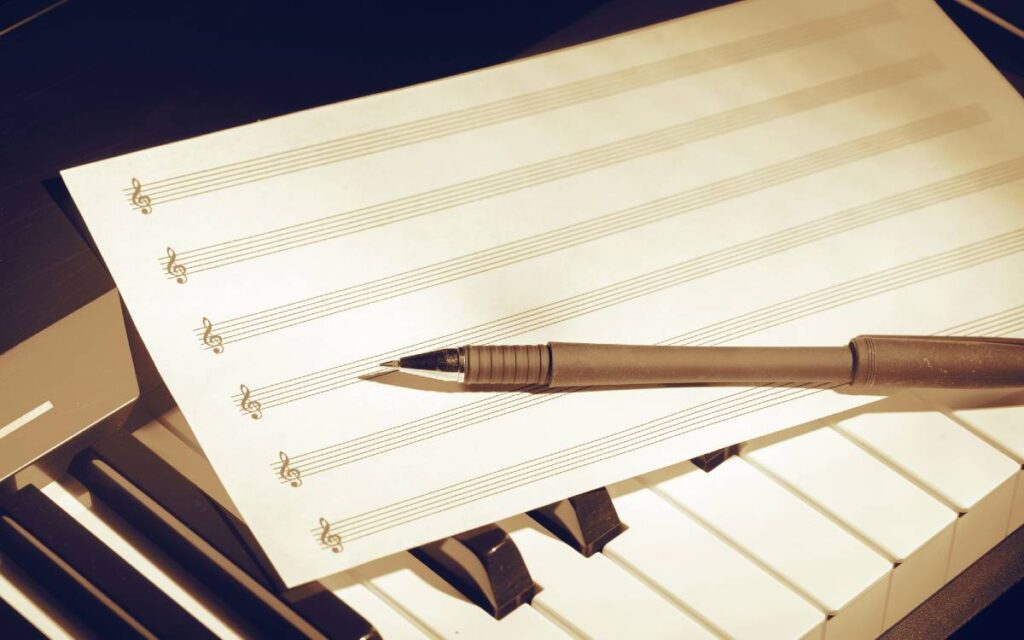
Once you understand the basics of reading sheet music, you can use that ability to write your own musical pieces.
Writing musical notes on a piece of manuscript paper also allows you to share your ideas with other musicians better.
Sharing With Others
If you are working on a piece with other musicians, you can use the sheet music as a reference point.
For example, a fellow musician may ask you to work on the rhythm of bar 12. If you understand sheet music, then you will know what they mean.
Piano Lessons and Reading Music

Many people learn to play the piano without reading even one note. However, it’s fair to say that most musicians can read music.
If you are taking piano lessons, likely, your piano teacher will also show you how to read music.
If you don’t want to learn how to read music, you could find a piano teacher who will show you chord progressions and support improvisation as this will help you play songs that you love.
Learning music should be a joy, and part of that joy is understanding what a musician was trying to say through their piano music.
When Is It Essential to be Able to Read Music?
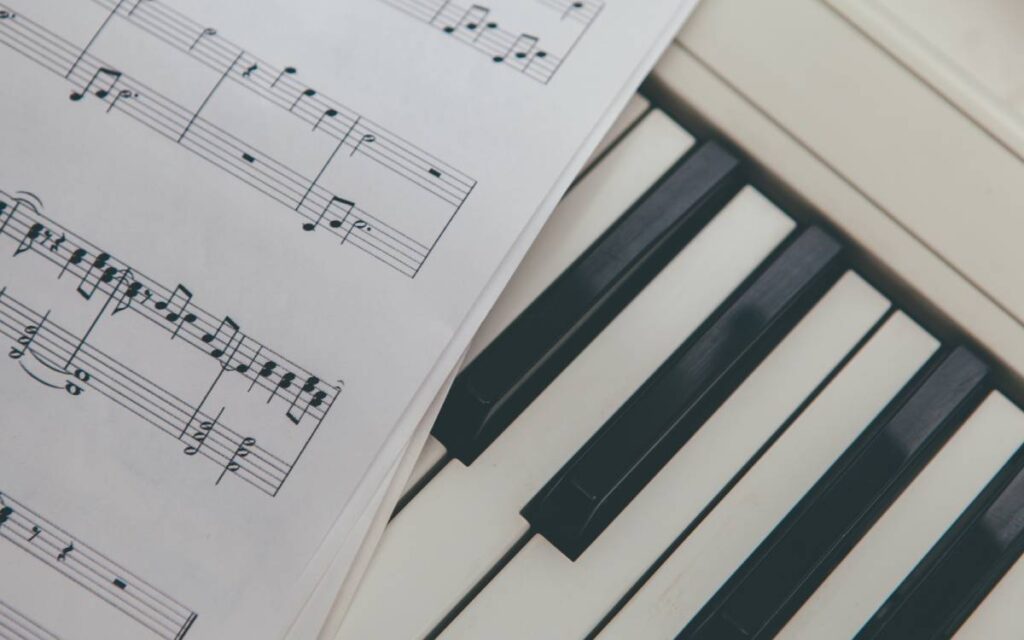
If your piano playing is more than just a hobby and you want to make it into a career, the path you take will determine whether you should learn to read music or not.
Classical Piano
It’s generally expected that a concert pianist can read music to a high standard. Reading music is how classically trained pianists learn a piece.
It would be tough to play a classical piano composition by ear without sheet music.
Classical music is intended to be performed as it was written, note by note.
If you were to attempt playing it by ear, you might be able to play the basics, but it would be a challenge to replicate the dynamics and emotional response so often found in complex classical pieces.
Musical Theatre
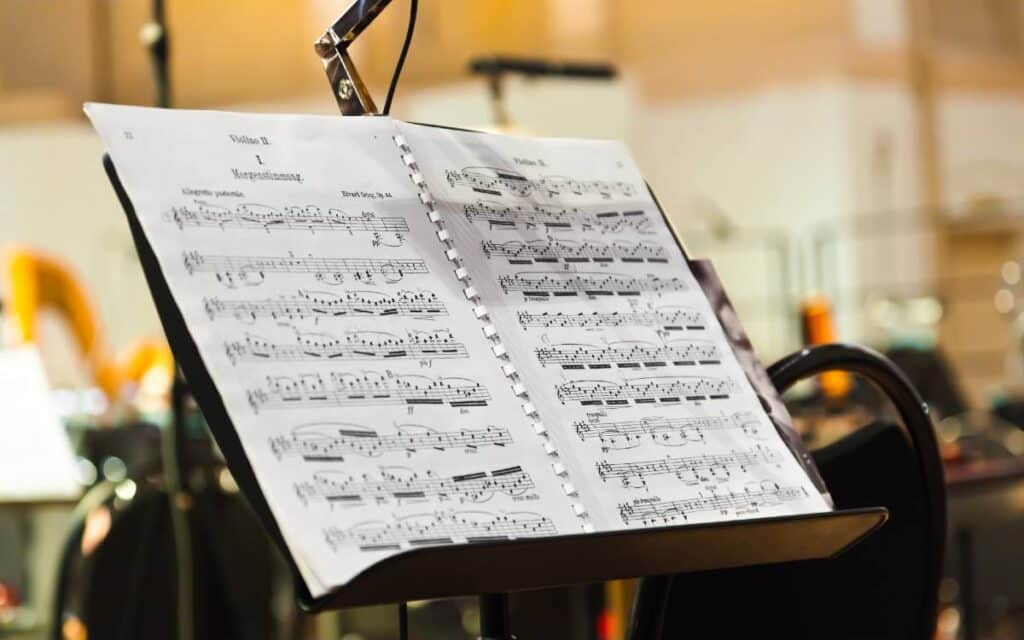
If you find yourself playing piano for musical theatre or in a big band, it’s essential to read music.
You will have to play along with the other band or orchestra members, and that won’t be easy if you can’t read piano music.
Session Musician
If you want to play piano as a session musician, reading music is a bonus as you will be able to learn new songs far more quickly than if you were to play piano by ear.
How Does Reading Music Help You to Learn to Play Piano?

When you can read music, you can translate the notes on the page to the notes on the piano. It enables you to form a connection between the two.
The Downside of Only Ever Reading Music
If you only ever read music and don’t allow yourself to experience playing the piano without it, you may never find your style or fully appreciate how to make the most of your skills.
You may find that you can’t play the piano without the music manuscript in front of you, it can be frustrating if you can only play at your reading level, and you may get caught up with the accuracies of playing what’s written on the page.
Can You Still Enjoy Playing Piano Without Sheet Music?
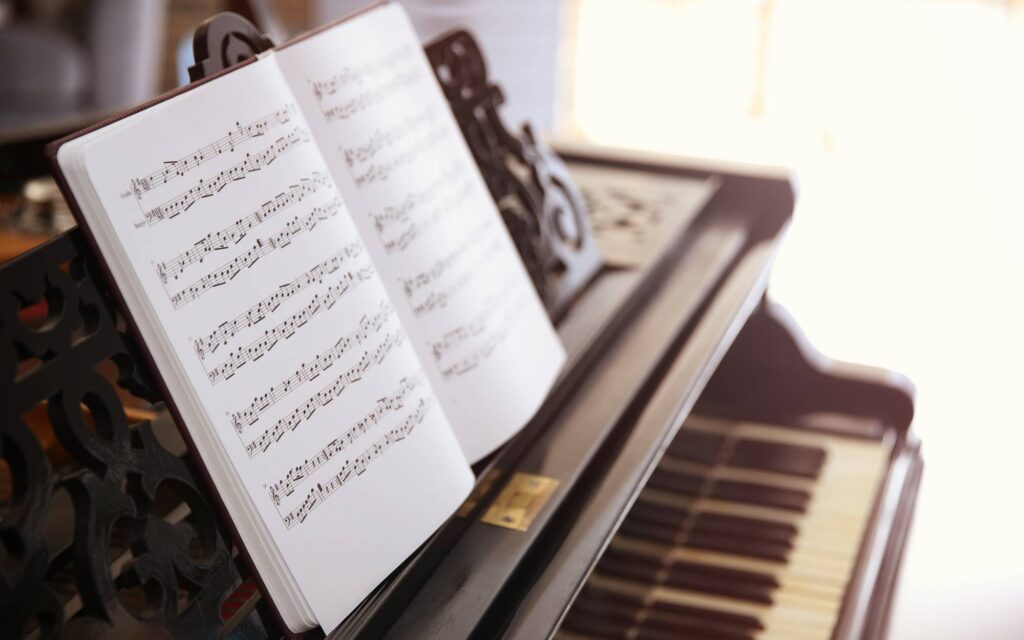
Of course, if you love piano it doesn’t matter if you can’t read music. Many musicians learn to play piano but not how to read music. They may have naturally perfect pitch and can play piano by ear. Playing piano by ear is a natural gift that not many people have.
When you are playing music that sounds amazing, will anyone care that you are not reading it from a sheet?
This video demonstrates how to play Sweet Caroline by Neil Diamond without using sheet music.
Playing Popular Songs
If you want to become the next big thing in pop, you might be able to get away with learning common chord progressions. Providing you understand how to play chords and chord progression, that’s all you need to play a hit pop song on the piano.
Playing For Enjoyment
If all you want to do is enjoy the piano for yourself, then it is not essential to learn to read music. However, we recommend that you know chords and chord progressions.
If you don’t want to take structured piano lessons, many excellent youtube videos teach the basics of playing piano.
Many online resources teach the basics of the musical alphabet, major and minor scales, and chords.
If you have some musical know-how, a good listening ear, and a desire to learn, reading music is not the only way to play piano songs.
A Few Tips to Learn Piano Without Reading Music
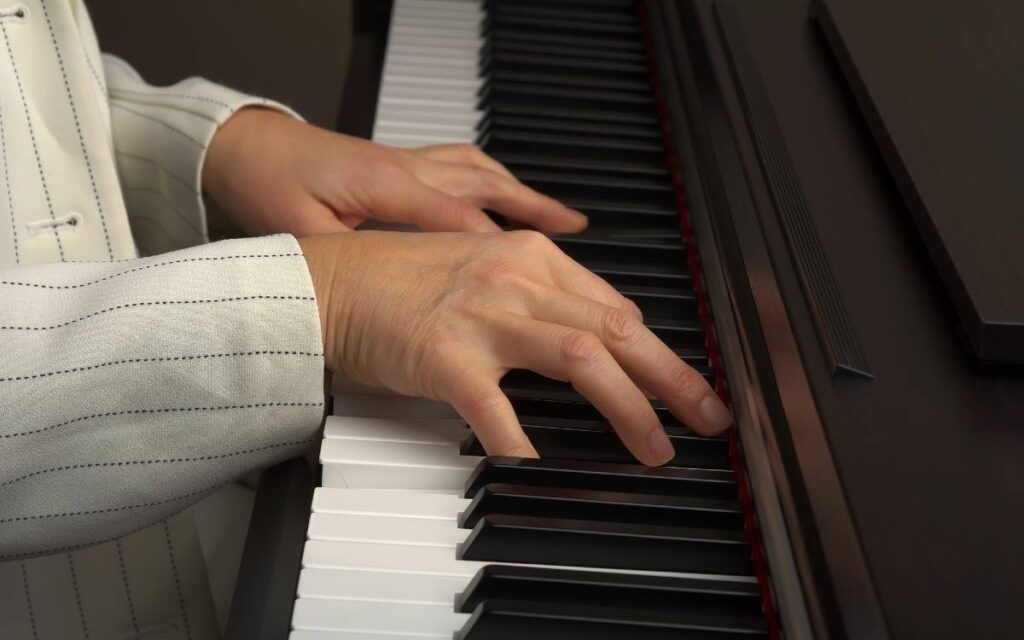
With or without written music, it’s still important to do plenty of listening and music theory. Both of these will help with your piano playing.
Listening
Listening to lots of musical pieces will help you develop an ear for music notes, pitch, and chords. If you want to play in a particular style, spend as much time listening to that style or genre to get a feel for it.
There is a lot to be gained from active listening. It gives you a better idea of how the piece should sound vs note reading. Listen out for nuances, chords, and phrasing.
Music Theory
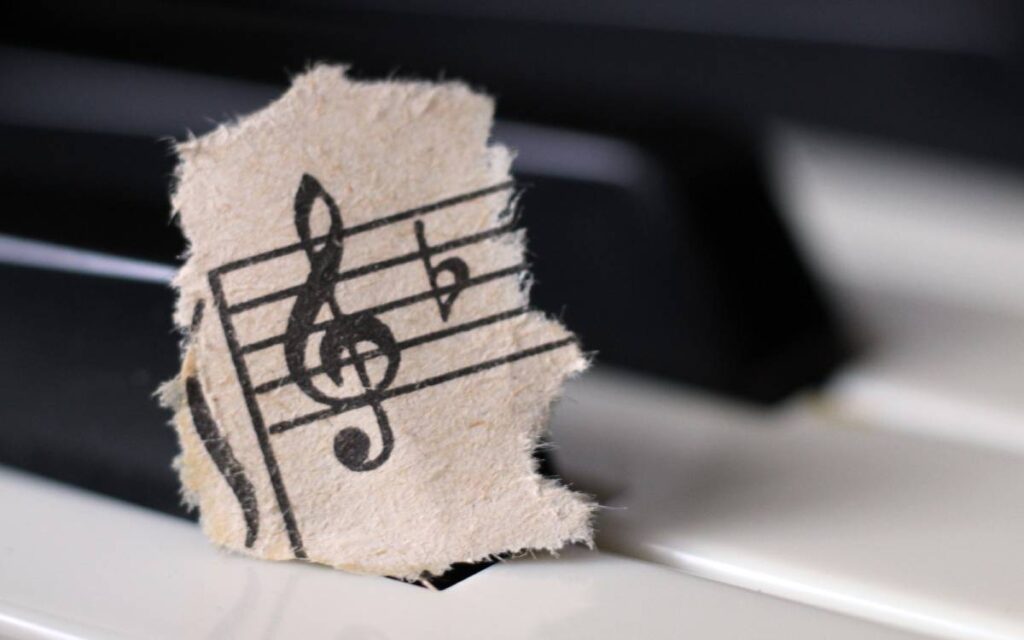
We would say it’s essential to understand a certain amount of music theory. It’s easy to learn basic things like understanding the black and white keys or identifying middle C. But it’s also good to learn recognizing chord symbols and the chords themselves, learning the major scale, the minor scale, and the difference between the treble and bass clef.
Watching Other Performers
Take time to watch how other people play the piano, whether that’s your piano teacher or through watching an online tutorial.
Look out for hand and finger positioning and other techniques that you can learn to improve your playing.
Practice and Playing

Once you understand some of the basics of piano playing, spend time practicing.
Use your listening skills to try and replicate some easy songs. Once you have a feel for the piano, understand the keyboard, and identify where notes are, you could then introduce sheet music as a way to bring it all together.
Using a Chord Chart or Lead Sheet
An alternative is to use a chord chart or lead sheet. Chord charts are simplified versions of songs that usually includes the lyrics with the chords written above the words.
Take a look at this lead sheet for the Beatles Yellow Submarine. Provided you know your chords, you can play along and improvise some of the melodies as you go.
Combining the Two Styles
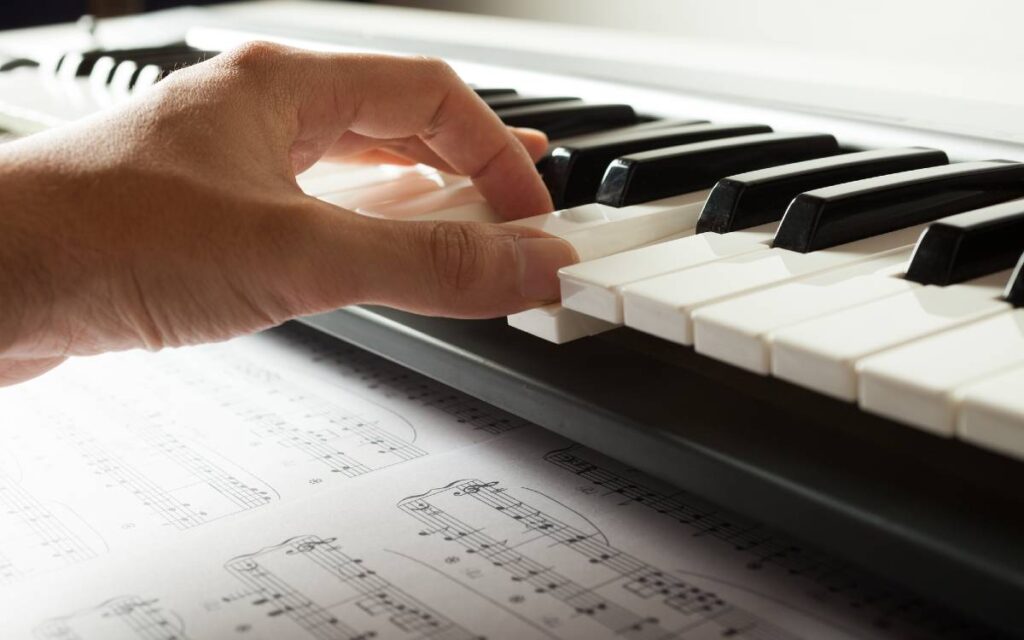
Whether you choose to learn how to read sheet music or not depends on your style and how you want to express yourself through the piano. However, spending time learning chord progressions and improvisation, combined with the ability to read music, will make you a more well-rounded and accomplished musician in the long run.




